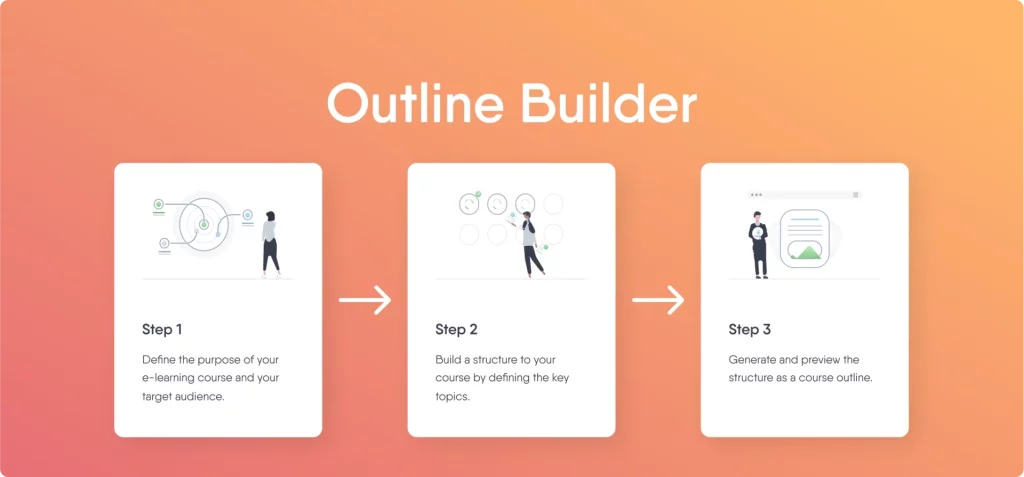11 Insider tips to increase e-learning engagement - Part 2
As part of this mini-series on developing e-learning, we take a closer look at how to make your online training as engaging as possible, and how to guarantee your content ‘sticks’.

No matter how informative, your online training will fail to reach its objectives if your learners aren’t interested in using it, if they’re disengaged, or if they fail to absorb its learning outcomes.
In part 1 of this series, we offered six useful tips on how to make sure the structural elements of your course appeal to employees.
In part 2, we’ll now provide five additional tips on how to make the content itself as captivating as possible.
Tip #7: Integrate your brand image as much as possible
Your organization’s unique brand image should always be reflected in your online course material. By closely following your corporate style, color scheme, logo placement and tone of voice, you convey a level of gravity among your employees who can clearly see the investment that’s been made in their development.
By strongly referencing your corporate style in training materials, you also send a signal that the content is part of your organization’s intellectual property.
Tip #8: Always use a mix of multimedia
To keep your material fresh and varied, make sure you incorporate a mixture of rich media like videos, images, audio clips and animations.
This multimedia approach creates a learning experience which is much more immersive than text alone. It also has the advantage of conveying more information in less time, allowing you to make your training shorter.
Video, in particular, works well for most courses. Part of employees’ everyday digital experience, it is often more engaging than written content on its own and requires less focus when it is consumed. Although you should consider which medium is best for which content – some information is better communicated by video, some by infographic, etc.
Covert PowerPoint to e-learning
Still using PowerPoint as e-learning? It’s time to stop. Watch our free webinar for expert tips on how to transform existing PowerPoints into interactive e-learning.
Tip #9: Construct a relatable story
Scenario-based learning works particularly well in the context of online training. By weaving in a workplace storyline which employees can relate to, you move your course from a purely theoretical to a much more practical level.
Indeed, by adding story-based modules which link to a particular issue or circumstance your learner may face, they can quickly spot how their newfound understanding could immediately be applied on the work floor.
Tip #10: Focus on readability
The importance of using the right font cannot be overstated. A font which requires effort to read will quickly disengage learners.
When getting across a core concept or a key learning outcome, our advice is to use a basic font because it helps workers to pay attention.
For headers, you can use a more eye-catching font, as long as it is easily legible. The same applies to any nuggets you want the employee to pay particular attention to.
Also, be sure to consider any additional requirements from learners with a visual impairment or dyslexia.
Tip #11: Include scope for exploration
By nurturing an innate curiosity, you can create a culture where learning is no longer done because it is required by managers, but because your employees themselves desire it.
You can nudge learners towards taking the initiative for their own development by providing them with plenty of extra resources and external links.
You should pay particular attention to those team members keen to go the extra mile, by offering them plenty of additional information about the latest developments in their field.


